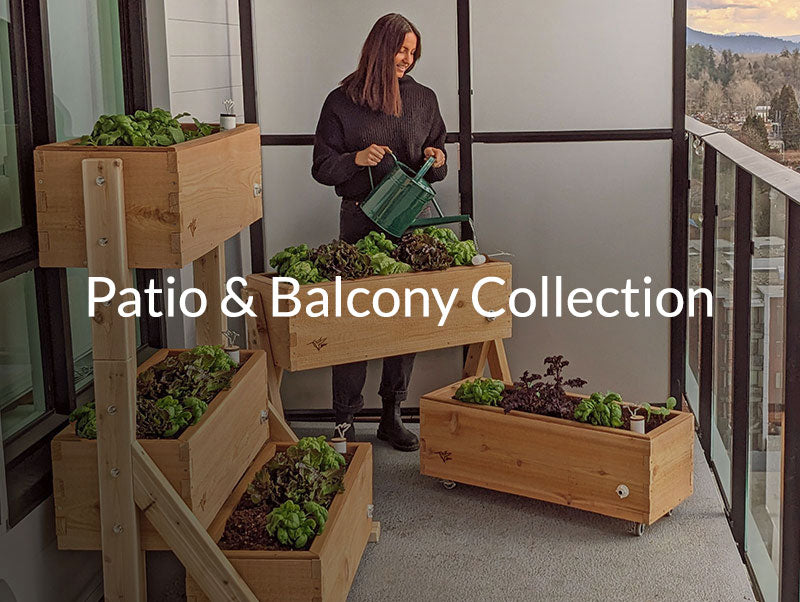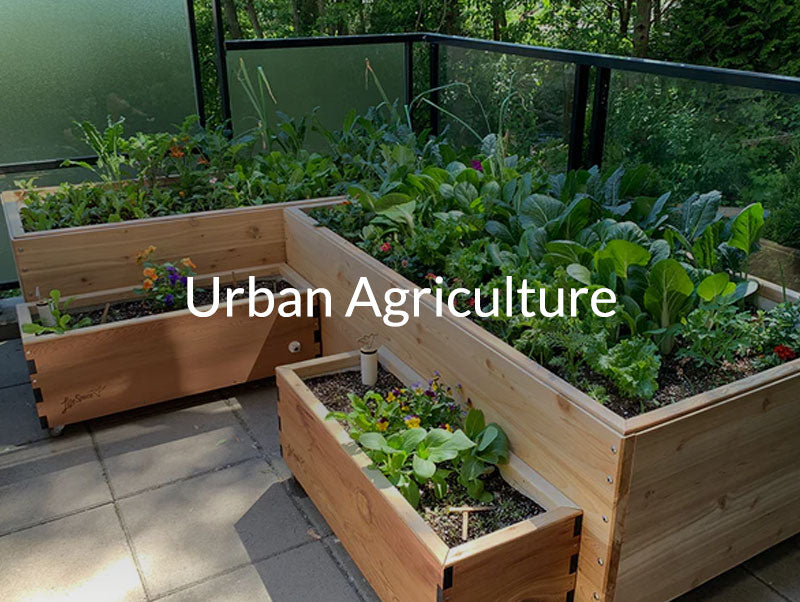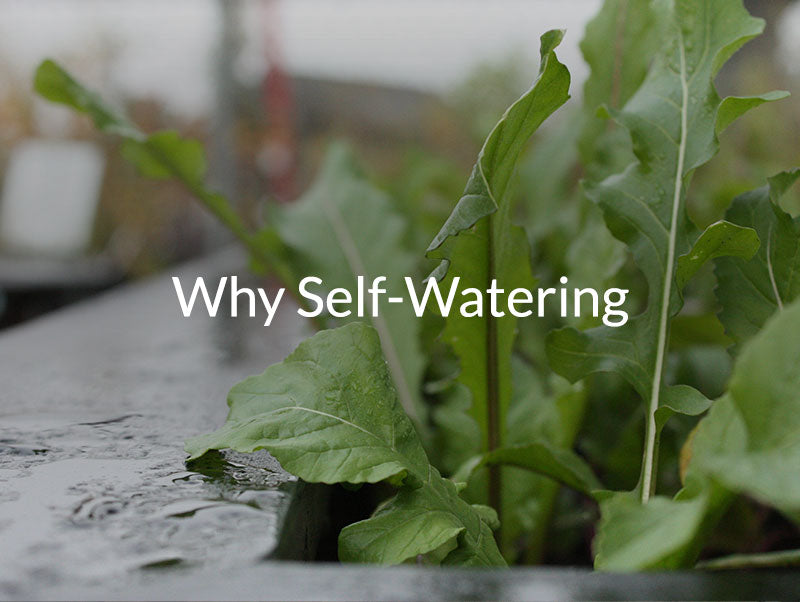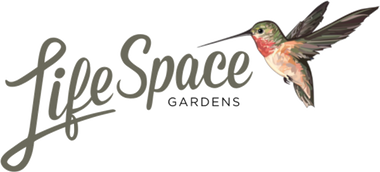Brussels Sprouts Growing Guide🥦: Planting and Care for Self-Watering Gardens

Introduction
Brussels sprouts are a rewarding cool-season crop that deliver sweet, nutty, and tightly packed sprouts when grown under the right conditions. Because they need consistent moisture to thrive, growing them in SIPs and wicking beds is ideal. With GardenWells inserts, you can ensure even bottom-up watering, reduce stress, and boost yields with less hands-on effort.
When to Plant Brussels Sprouts
-
Spring: Start seeds indoors in March and transplant outdoors in May once frost danger has passed. See the March Gardening Guide for early prep.
-
Summer: Sow in June for late-fall harvests; visit the June Gardening Guide for SIP watering strategies during warmer months.
-
Fall: In mild climates, transplant seedlings in July for a cool-season crop; the September Gardening Guide covers extending growth into winter.
Square Foot Gardening Spacing
-
Spacing: 1 plant per 2 sq ft (~18–24” apart)
-
Depth: Sow seeds ¼” deep or transplant seedlings at nursery depth
-
Companions: Best planted alongside onions, beets, and nasturtiums.
How to Plant Brussels Sprouts
Starting Indoors (Preferred)
-
Start seeds 6–8 weeks before your last frost date.
-
Harden off seedlings for 5–7 days before transplanting.
-
Use a lightweight, well-draining SIP soil mix for strong root establishment.
Direct Seeding (Optional)
-
Suitable in mild climates, but slower to mature compared to transplanting.
Watering Your Brussels Sprouts
Brussels sprouts prefer consistent hydration throughout their long growing season:
-
Use your WaterStem: when the Hummingbird rises, the reservoir’s full; when it drops, refill.
-
Before establishment: Top-water lightly for the first 7–10 days.
-
After establishment: Refill SIP reservoirs every 1–2 weeks, adjusting for plant size and heat levels.
-
Mulch around plants to stabilize SIP moisture and reduce weed pressure.
Harvesting Brussels Sprouts
-
Timing: Harvest 90–120 days after transplanting.
-
Method: Begin from the bottom of the stalk, picking sprouts when they are 1–2” in diameter.
-
Tip: Remove lower yellowing leaves to encourage tighter, sweeter sprouts further up the stalk.
Common Issues & Fixes
| Issue | Likely Cause | Solution |
|---|---|---|
| Loose Sprouts | Heat stress or poor hydration | Use SIPs or wicking beds for stable watering |
| Aphids & Cabbage Worms | Common brassica pests | Cover with floating row covers or interplant nasturtiums |
| Slow Growth | Poor soil nutrition | Feed with compost or balanced liquid fertilizer during mid-growth |
Companion Plants for Brussels Sprouts
Best companions (with cross-links):
-
Onions → Natural pest deterrent and great SIP partner.
-
Beets → Complementary root systems maximize SIP productivity.
-
Nasturtiums → Trap pests and draw beneficial pollinators.
-
Spinach → Ideal for interplanting in shaded SIP zones.
Avoid planting with:
-
Other brassicas like broccoli, cabbage, and kale — they share pests and nutrient requirements.
-
Strawberries — attract pests harmful to Brussels sprouts.
Product Tips
-
Small-space growing? Plant compact Brussels sprout varieties in CondoFarms self-watering planters.
-
DIY gardeners? Upgrade your raised beds into efficient wicking beds using GardenWells inserts.
-
Scaling up production? Use custom self-watering raised beds for larger, multi-stalk harvests.







